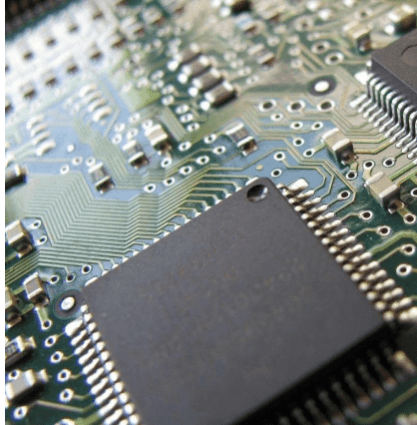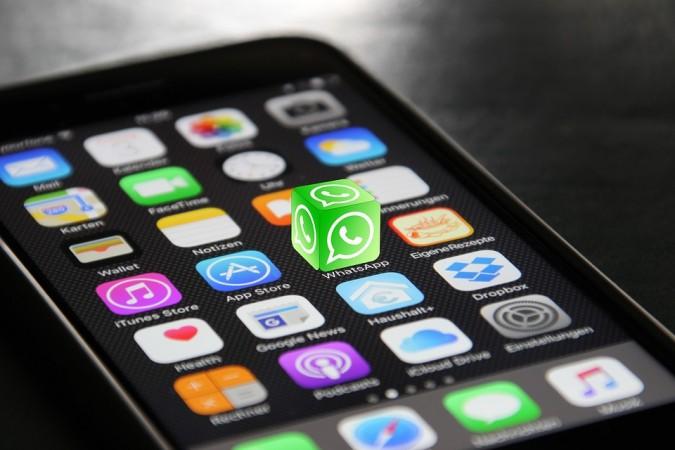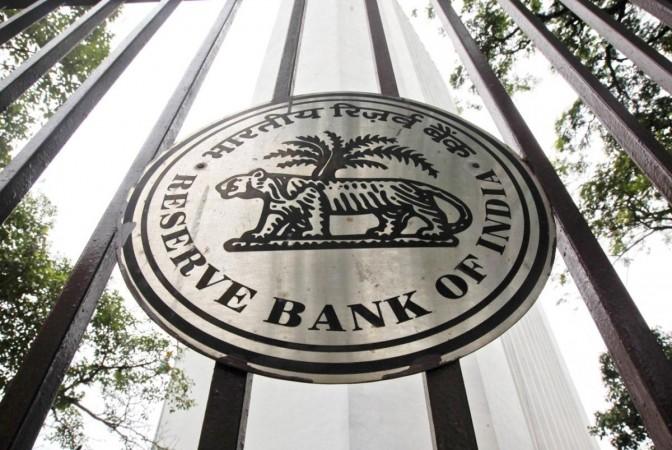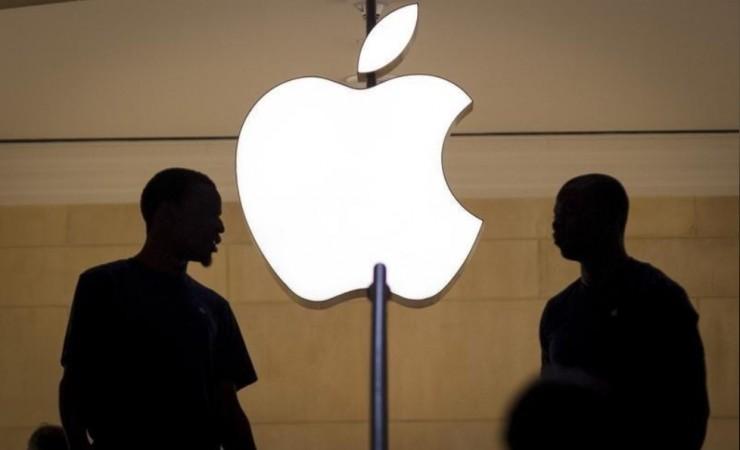In their bid to cut the dependency on China amid the supply chain turmoil, US President Joe Biden and Apple CEO Tim Cook have announced plans to start using chips made in the US, after opening a new processor factory in Phoenix, Arizona.
“These chips will power iPhones and MacBooks, as Tim Cook can attest. Apple had to buy all the advanced chips from overseas. Now we’re going to do more of their supply chain here at home,” Biden said during an event at the Arizona factory of chip-maker Taiwan Semiconductor Manufacturing Company (TSMC).
In addition to TSMC Arizona’s first fab, which is scheduled to begin production of N4 process technology in 2024, TSMC has also started the construction of a second fab which is scheduled to begin production of 3nm process technology in 2026.
The overall investment for these two fabs will be approximately $40 billion, representing the largest foreign direct investment in Arizona history and one of the largest foreign direct investments in the history of the US, TSMC said in a statement.

“When complete, TSMC Arizona aims be the greenest semiconductor manufacturing facility in the US producing the most advanced semiconductor process technology in the country, enabling next generation high-performance and low-power computing products for years to come,” said TSMC Chairman Dr Mark Liu.
In addition to the over 10,000 construction workers who helped with construction of the site, TSMC Arizona’s two fabs are expected to create an additional 10,000 high-paying high-tech jobs, including 4,500 direct TSMC jobs.
When complete, TSMC Arizona’s two fabs will manufacture over 600,000 wafers per year, with estimated end-product value of more than $40 billion.

During the ceremony, TSMC revealed six semiconductor tools which are designed to support production of leading-edge semiconductor process technology.
“This project is truly a testament to the Grand Alliance TSMC has formed with customers, suppliers and partners to further our collaboration and unleash innovation,” said TSMC CEO Dr CC Wei.
In August, Biden signed the historic $280 billion Chips and Science Act into law that includes $52 billion to boost domestic semiconductor manufacturing.
The Chips and Science Act is the Biden administration’s bet to incentivise chipmakers to reverse course and build fabs in the US and cut the dependence on China.
Cook said that the progress we’ve made with Apple Silicon has transformed our devices.
“When you stop and think about it, it’s extraordinary what chip technology can achieve. And now, thanks to the hard work of so many people, these chips can be proudly stamped ‘Made in America’,” he said at the TSMC event.
(With inputs from IANS)


![Apple has a treat for karaoke singers; Apple Music Sing arriving in time for holidays Apple has a treat for karaoke singers; Apple Music Sing arriving in time for holidays [details]](https://data1.ibtimes.co.in/en/full/779043/apple-has-treat-karaoke-singers-apple-music-sing-arriving-time-holidays-details.jpg?h=450&l=50&t=40)









